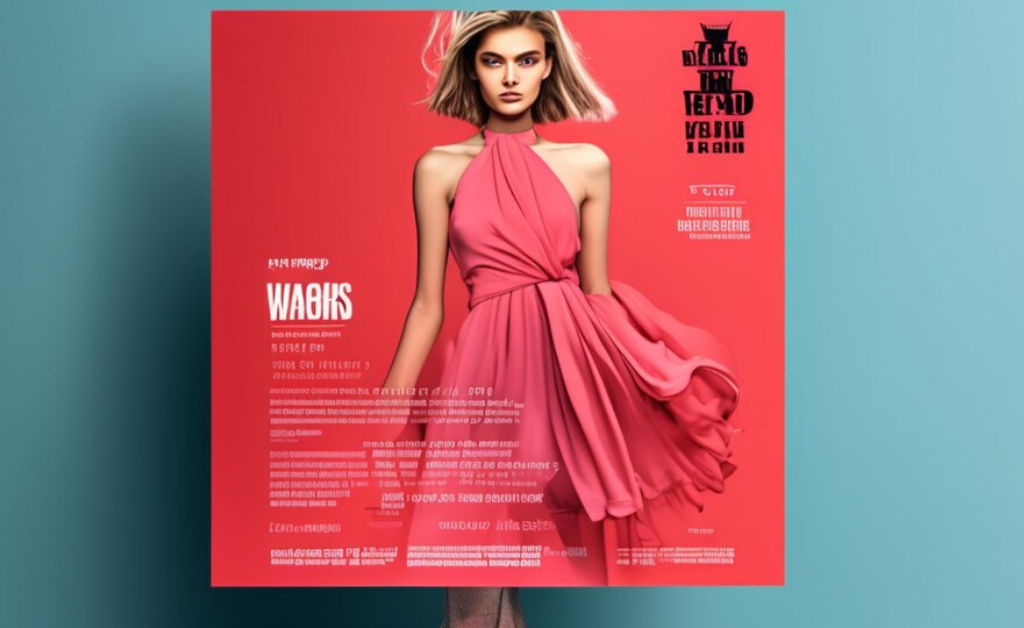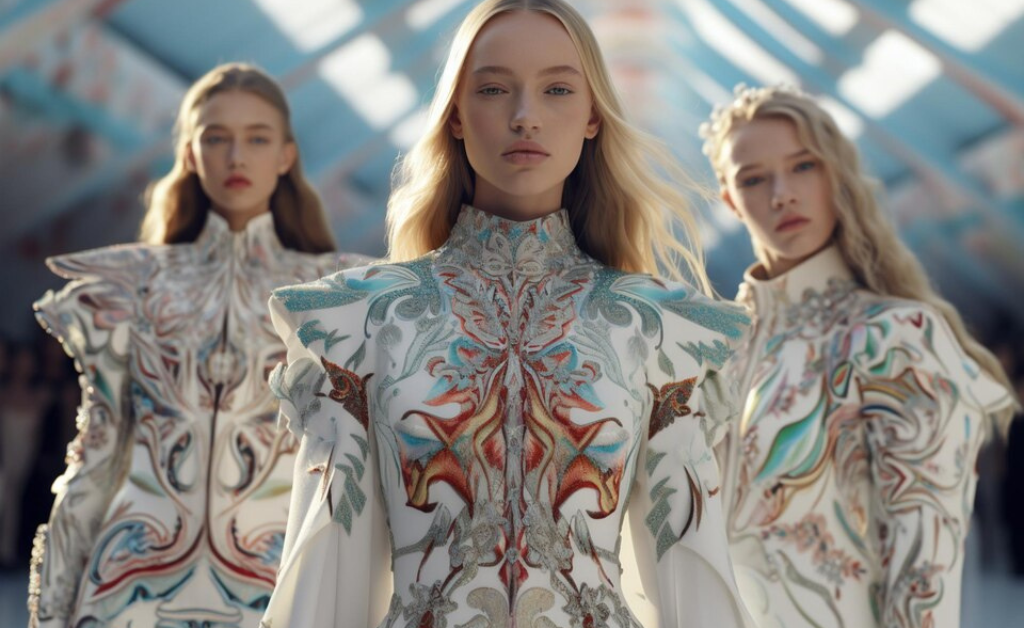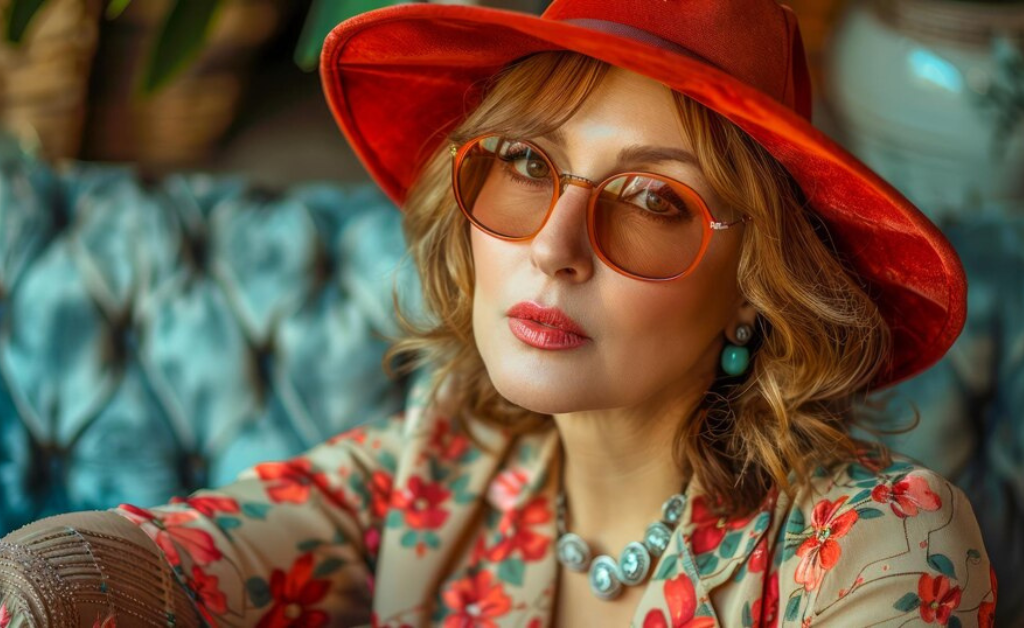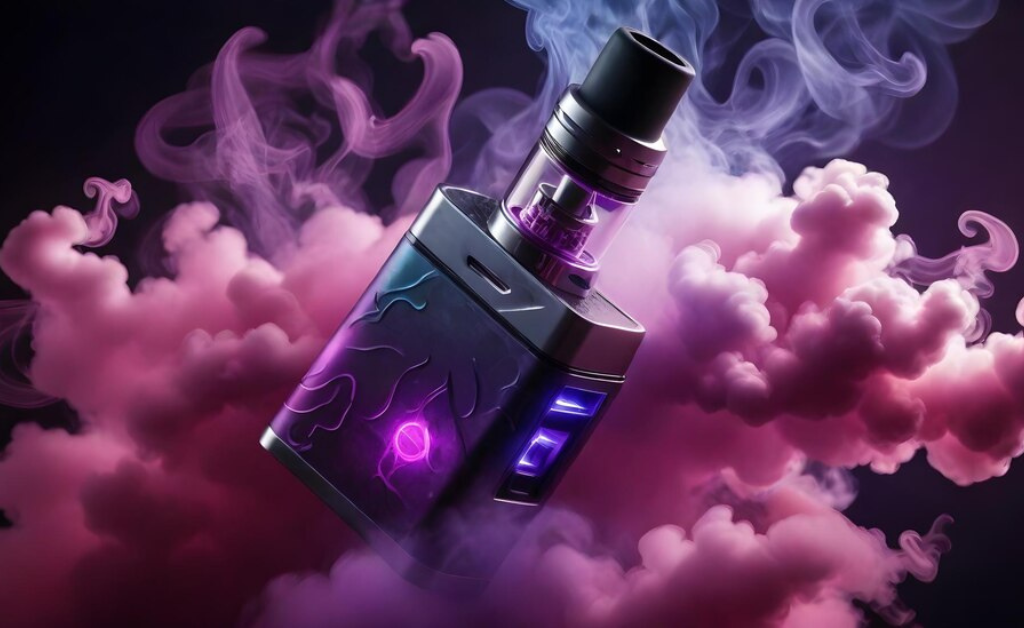Creating a design brief for fashion magazine is a crucial step in ensuring that every aspect of the publication aligns with the brand’s vision, target audience, and industry trends. A well-structured brief acts as a roadmap for the design team, guiding the visual style, content structure, and brand identity while keeping everyone on the same page. Whether launching a new magazine or revamping an existing one, an effective design brief streamlines the creative process and prevents common mistakes. This guide explores how to craft a compelling design brief that meets business objectives, engages readers, and positions the publication for success in the competitive fashion industry.
Understanding the Role of a Design Brief in Fashion Magazines
A design brief for fashion magazine is a strategic document that outlines the goals, audience, and creative direction for a project. In the context of a fashion magazine, it serves as a blueprint for the magazine’s layout, typography, photography, and visual identity. It ensures that all team members—from designers and photographers to editors and marketing professionals—work cohesively towards a unified vision. A well-crafted design brief also helps stakeholders make informed decisions about budget, branding, and content strategy.
In fashion publishing, visual appeal is paramount. The design brief for fashion magazine process should incorporate elements such as color schemes, fonts, page layouts, and sponsored content that align with the brand’s target audience. Additionally, with the rise of sustainable fashion, modern fashion magazines are incorporating eco-conscious design elements to appeal to socially responsible consumers.
Defining the Target Audience
Identifying the target audience is one of the most critical steps in developing a fashion magazine design brief for fashion magazine. Different fashion magazines cater to varying demographics, from luxury fashion enthusiasts to budget-conscious shoppers or industry professionals seeking in-depth analysis. Understanding the audience’s preferences, lifestyle, and reading habits helps in selecting the right visual elements, typography, and photography style.
For instance, a design brief for fashion magazine targeting high-end consumers, such as Macy’s shoppers, might focus on elegant layouts, refined typography, and premium photography. In contrast, a magazine appealing to Gen Z fashion lovers might incorporate bold colors, dynamic layouts, and digital-first content optimized for social media engagement.
Also Read: Genius Prodigy of a Prestigious Family
Establishing a Clear Brand Identity
A design brief for fashion magazine brand identity is its signature style, setting it apart from competitors. This includes its logo, typography, photography aesthetic, and overall layout. Whether the magazine embraces a minimalist, avant-garde, or classic style, consistency is key. The design team should ensure that all visual elements—from mood boards to the final product—reflect the brand’s essence.
The use of Microsoft Ink and other digital tools can streamline the creative process, allowing designers to experiment with different layouts, typography, and illustrations. Digital innovations, such as interactive PDFs and augmented reality content, are becoming increasingly popular in modern fashion magazines, offering immersive experiences for readers.
Crafting the Visual Style and Layout
A design brief for fashion magazine visual style encompasses everything from color palettes and font choices to photography and page design. The layout should be both aesthetically pleasing and functional, ensuring easy navigation and readability.
Typography plays a major role in establishing the design brief for fashion magazine tone. Luxury fashion magazines often use elegant serif fonts, while edgy, contemporary publications might opt for bold sans-serif fonts with unique letter spacing. Photography should be high-quality and aligned with the magazine’s editorial voice, whether focusing on street style, high fashion editorials, or behind-the-scenes fashion industry insights.
Additionally, banner ads, sponsored content, and branded collaborations should be seamlessly integrated into the design. The right balance between editorial and promotional content enhances credibility and keeps readers engaged.
Developing Content Structure and Guidelines
A successful design brief for fashion magazine requires a well-thought-out content structure. This includes defining key sections, recurring features, and article formats. Common sections in fashion magazines include:
- Cover Story: Highlighting a celebrity, designer, or influential figure in fashion.
- Trend Reports: Showcasing emerging trends and must-have styles.
- Fashion Editorials: Visually-driven spreads featuring curated fashion looks.
- Sustainability Features: Addressing the growing interest in ethical and eco-friendly fashion.
- Industry Insights: Providing expert opinions, reports, and analyses, such as BoF Insights Survey findings.
- Readers’ Engagement: Sections featuring user-generated content, interviews, or social media highlights.
These elements should be carefully planned and detailed in the design brief to maintain consistency throughout each issue.
The Design Process: From Concept to Final Product
The design brief for fashion magazine process involves multiple stages, starting with brainstorming, sketching layouts, and developing prototypes before refining the final design. Key team members involved in the process include:
- Creative Directors: Overseeing the magazine’s overall artistic direction.
- Graphic Designers: Crafting layouts, selecting fonts, and optimizing visual content.
- Photographers: Capturing high-quality images that align with the magazine’s theme.
- Editors and Writers: Creating compelling narratives to complement the visual aesthetics.
An effective design brief ensures that all stakeholders understand the magazine’s objectives, timelines, and budget constraints, minimizing revisions and streamlining production.
Incorporating Digital and Print Elements
Modern design brief for fashion magazine are not just about print; they thrive in both digital and physical formats. Interactive PDFs, online exclusives, and mobile-friendly content are essential for engaging today’s tech-savvy audience.
Brands can use platforms like OneNote and Excel to track design progress, plan layouts, and manage deadlines efficiently. Meanwhile, leetspeak mashups and internet culture references can add a fresh, modern touch to youth-oriented magazines.
Avoiding Common Mistakes in the Design Brief
While creating a design brief for fashion magazine, several common mistakes can hinder success:
- Vague Objectives: Without clear goals, the project can lose direction.
- Ignoring Target Audience Preferences: Misaligned content can alienate readers.
- Inconsistent Branding: A lack of cohesion in visual identity weakens brand recognition.
- Poor Time Management: Delays in design approvals and printing schedules can disrupt publication timelines.
To ensure a successful fashion magazine, designers and editors must maintain open communication and adhere to the design brief’s guidelines at every stage.
Also Read: Citadel Italian Series Fashion Glasses
Conclusion
A well-structured design brief for fashion magazine is essential for maintaining brand identity, engaging target audiences, and achieving business goals. By focusing on visual style, content structure, and emerging fashion trends, the magazine can deliver a compelling and cohesive product. Whether in print or digital format, an effective design brief serves as a guiding document that keeps all team members, designers, and stakeholders aligned toward a common vision.
FAQs
1. What should be included in a fashion magazine design brief?
A fashion magazine design brief should include the target audience, brand identity, visual elements, typography, color schemes, content structure, and publication guidelines to ensure a cohesive design.
2. How can a fashion magazine stay relevant in a digital-first world?
Incorporating interactive PDFs, mobile-friendly layouts, and engaging digital content helps fashion magazines attract modern readers. Partnering with influencers and using social media can also enhance visibility.
3. What are the key components of a successful fashion magazine layout?
A successful layout balances typography, photography, whitespace, and structured content while maintaining brand aesthetics. High-quality images, compelling headlines, and easy navigation are crucial.
4. Why is typography important in fashion magazine design?
Typography sets the tone for a fashion magazine’s visual identity. Different font styles can evoke luxury, modernity, or edginess, impacting how readers perceive the brand.
5. How does sustainable fashion influence magazine design?
Many magazines now highlight sustainable fashion trends by using eco-friendly printing materials, digital-first content, and ethical branding strategies to appeal to environmentally conscious readers.



